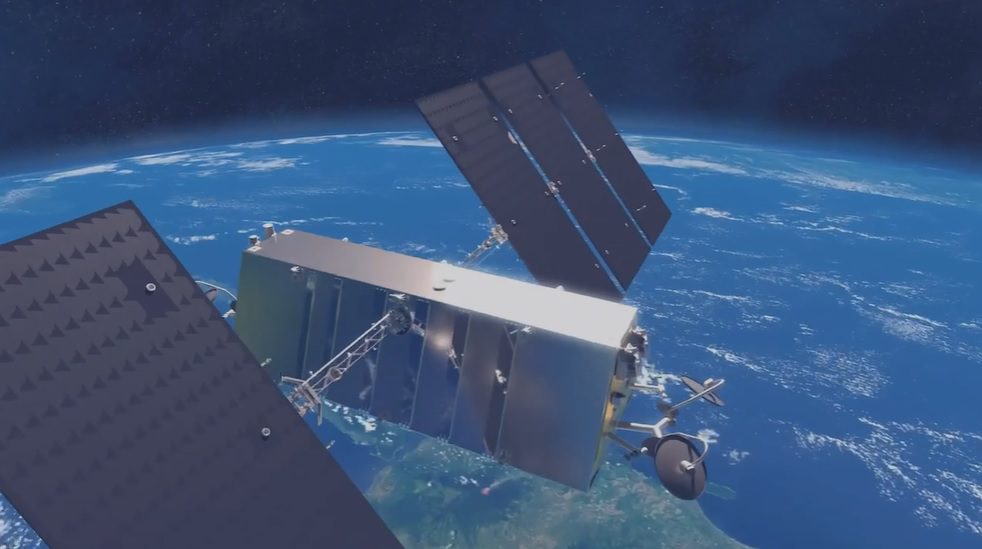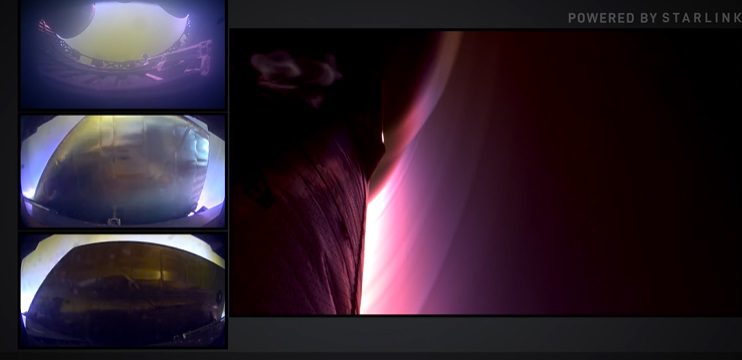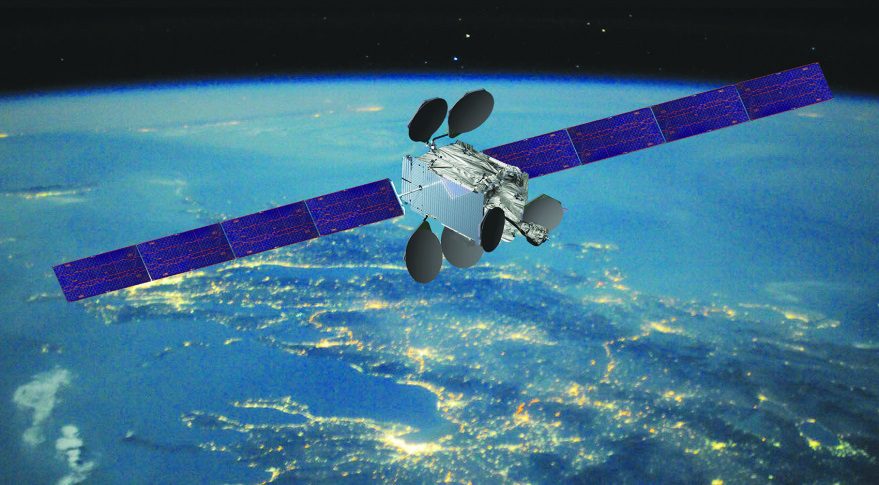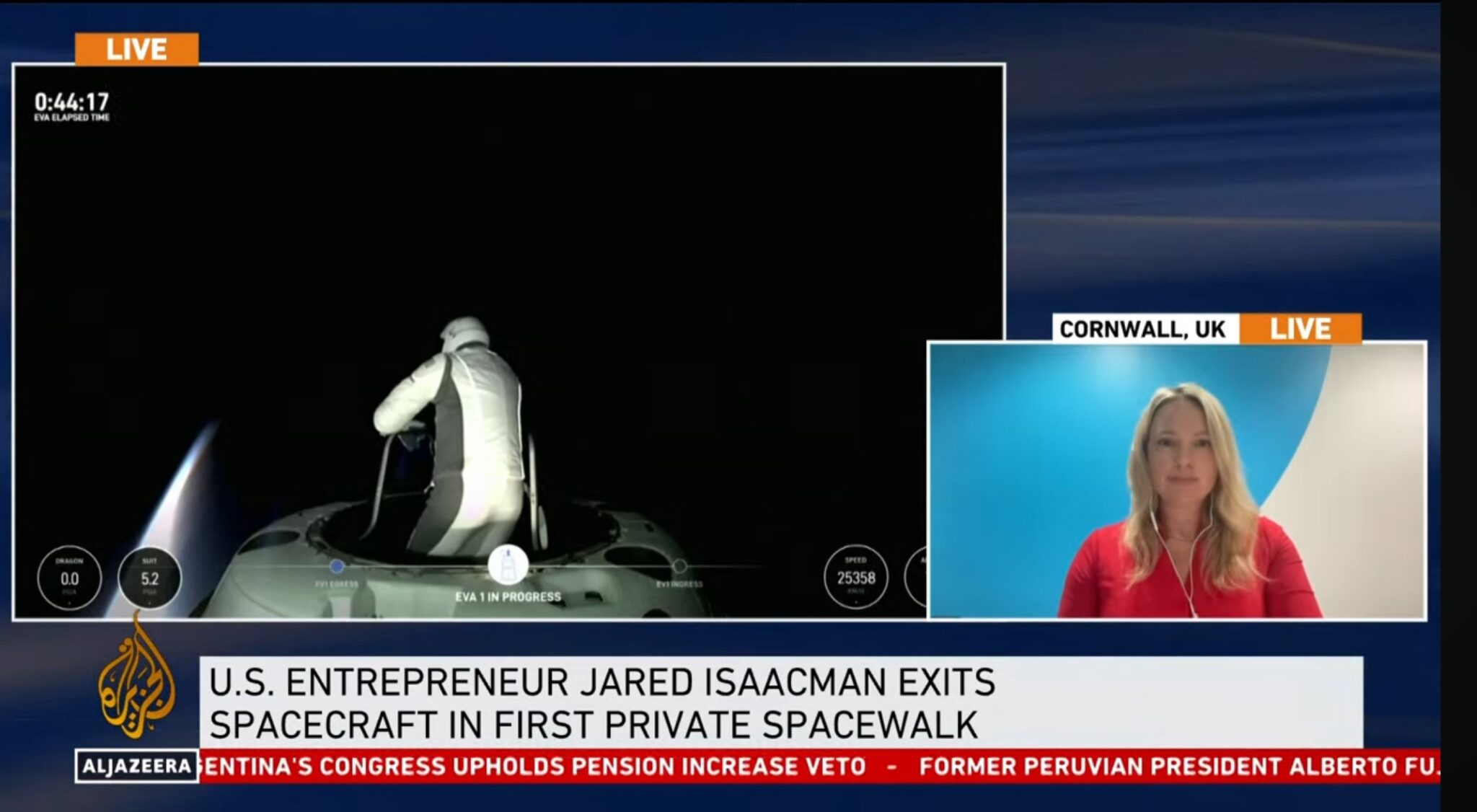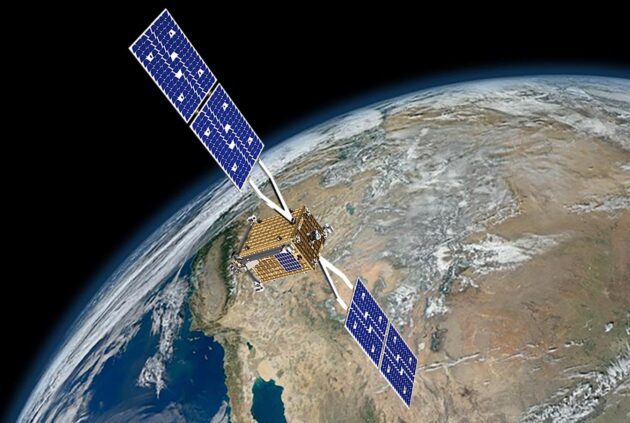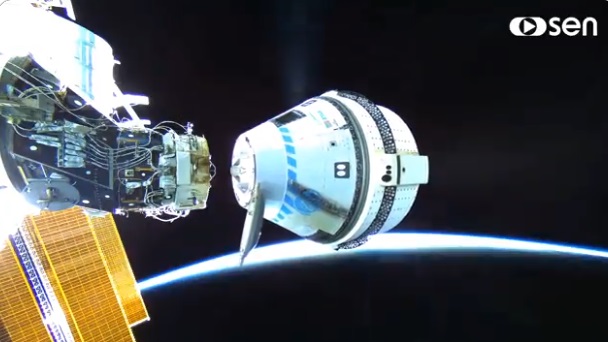While its competitors seem determined to add ever more numbers to their proposed or under construction satellite constellations, satellite operator Telesat has bucked the trend and reduced the size of its planned Telesat Lightspeed ensemble. Its original plan was to launch 289 satellites into a low Earth orbit. This figure has now been cut to 188 plus 10 in orbit spares – a size still able to offer 10 terabits of capacity rather than the 15 terabits it originally planned.
Telesat announced that the cutback was made to keep the US$5 billion project on budget. According to a report in SpaceNews, the move was made because of supply chain difficulties at manufacturer Thales Alenia Space, which might have delayed the constellation’s entry into service.
Although the downsizing is slightly disappointing for Telesat, the company did at least announce a successful signals test over India. Using its “Phase One” satellite, Telesat LEO 1 Vantage – a small test communications satellite built by SSTL – in a series of tests from 25 April, the company was able to demonstrate that the latency (time delay) was only 35 milliseconds on its round trip. Telesat used a teleport from local provider Nelco, part of Indian conglomerate Tata, for the tests.

